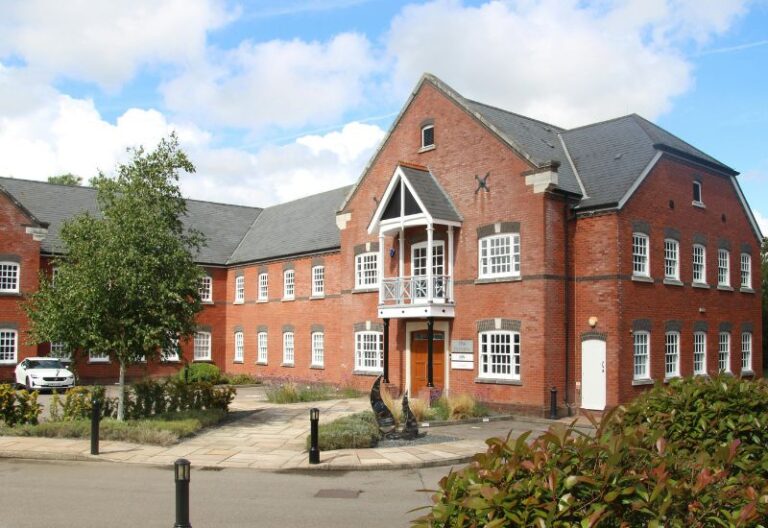

Your structural survey is a vital part of purchasing a commercial space as an investment. Within your survey, you will seek out danger flags which could spell trouble in the future for your investment. One of these is damp. Damp is one of the most destructive structural flaws that can be found in a building. It can be a hidden problem and, if left untreated, can significantly damage your investment.
However, the term ‘damp’ covers a multitude of issues. In this way, it can be prudent to appoint a specialist damp surveyor to clarify the challenges and indicate whether they are a cause to withdraw from your investment purchase.
Four main types of damp are commonly found within buildings, including commercial spaces.
This is caused by moisture drawn by a capillary action from the ground into the fabric of a building.
Here, moisture enters a building by penetrating the external shell of a building, for example, the roof or walls. This, most often, occurs during or following rainfall.
Occurring when warm moist air settles on cold surfaces, most often around windows. This is caused by a lack of ventilation or poorly installed insulation.
These can occur in appliances, pipework, roofs, gutters or lead flashings. Without regular maintenance checks, leaks can cause damp derived problems.
Damp is a structural problem which will not solve itself. Unchecked, it can affect both the long term health of the building and that of the people within it. Both of these things have a knock-on effect on the financial performance of your investment. So it’s worth your while to take them seriously.
Damp building materials cause weakness within that building. If left untreated, damp can cause structural timber decay, damage to plaster, corrosion, unsightly staining and mould growth. The longer the damp issues are left unchecked, the more likely that lasting damage will be caused, and the cost of repair rises.
The presence of damp can inflame health issues for those with asthma and respiratory problems. As a landlord, you will undertake legislative responsibilities to those within your building. As the wellbeing of workers comes under ever increased scrutiny, it’s vital that a working environment is free of damp.
Your RICS accredited building surveyor, having located damp, may advise a further report by a specialist damp surveyor. With different specialisms across the field, a firm like Curchod & Co can appoint a surveyor with the experience and specialism required to give you the most accurate information.
The information held within a report from a specialist damp surveyor can be used in a couple of key ways.
Fully disclosed damp issues within a building need not mean that you immediately withdraw from a purchase process. Many instances of damp within commercial buildings can be dealt with and put right. However, this costs money, and as such this information is key as part of negotiating a purchase price.
Should you continue with the purchase, detailed information allows you to plan maintenance spend ahead to ensure that damp issues are amended. Costs can be controlled through detailed planning, so a specialist damp survey can help in this process.
Making an investment in commercial property is complex. As a building owner and landlord, you take on levels of responsibility that are beyond those of a domestic property purchase. In this way, it is vital that your investment is backed up with a detailed RICS accredited building survey, with an additional specialist damp surveyor if required. You will not only ensure the health of your building but will also fulfil your legislative obligations as a landlord. At Curchod & Co our wealth of experience is best placed to provide the level of detail that keep our clients protected.